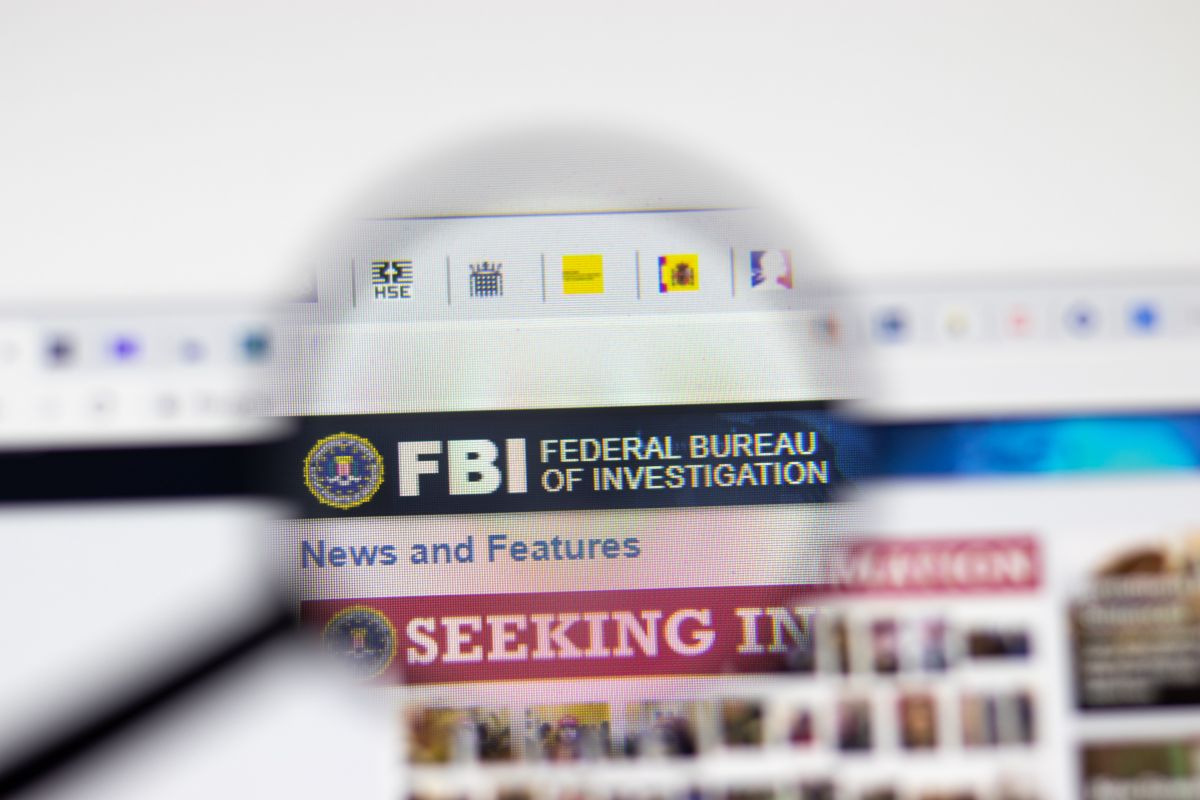Show table of content Hide table of content
The FBI has issued an urgent alert about a rising cybersecurity threat targeting smartphone users across America. Scammers are sending deceptive text messages about unpaid toll fees to trick people into revealing personal information or sending money. This fraudulent activity, known as “smishing,” combines SMS and phishing techniques to exploit unsuspecting victims. With thousands of complaints already filed, FBI says the agency recommends immediate deletion of these suspicious messages to protect yourself from digital predators.
Understanding smishing and how it targets smartphone users
Smishing represents a sophisticated social engineering attack that uses fraudulent text messages to manipulate recipients. Cybercriminals craft messages designed to create urgency and fear, compelling users to click harmful links or divulge sensitive data. The FBI’s Internet Crime Complaint Center (IC3) has tracked over 2,000 complaints related to toll collection smishing schemes in just the past year.
These deceptive messages typically claim the recipient owes an outstanding toll amount that requires immediate payment. The texts often threaten additional late fees if not addressed promptly. For example, a typical message might read: “(State Toll Service Name): We’ve noticed an outstanding toll amount of $12.51 on your record. To avoid a late fee of $50.00, visit our payment portal to settle your balance.”
Cybercriminals have become increasingly sophisticated in their approach, creating convincing domain names that mimic legitimate toll services. This tactic has proven particularly effective as people increasingly manage financial matters through mobile devices. The banking sector has also faced similar digital threats, highlighting how financial transactions have become prime targets for scammers.
What makes these attacks particularly dangerous is their psychological effectiveness. By creating a sense of urgency and leveraging official-looking messages, scammers bypass many people’s usual skepticism. FTC also warns about it and says these operations are running “coast to coast,” affecting users regardless of location or carrier.
How to identify toll-related smishing attempts
Recognizing smishing attempts requires attention to several key warning signs. First, examine the sender’s information carefully. Legitimate toll authorities typically don’t send payment requests via text message. These scam texts often originate from unknown or suspicious phone numbers rather than official short codes used by legitimate organizations.
The message content itself offers important clues. Scammers rely heavily on urgent language and threats of penalties to pressure recipients into immediate action. This urgency tactic mirrors other online scams that have emerged across social platforms, similar to how certain TikTok trends can spread misinformation through emotional manipulation.
Another critical indicator lies in the domain names used in these messages. According to cybersecurity experts at Palo Alto Networks, many toll-related smishing attempts use domains with the Chinese .XIN TLD extension. Examples include variations like “dhl.com-new[.]xindriveks” or “com-ticketap[.]xinthetollroads” – these unusual domain structures should immediately raise suspicion.
The links provided in these messages typically lead to fake payment portals designed to harvest personal and financial information. Once entered, your credit card details, personal identification, and account credentials can be stolen and exploited. Cybersecurity researchers have identified that many of these operations utilize toolkits developed by Chinese cybercrime groups, creating a sophisticated infrastructure for these digital crimes.
iPhone users should be particularly vigilant about messages asking them to reply with “Y” to enable links. This represents an attempt to bypass Apple’s security features that normally disable links from unknown senders in iMessage. By responding, users inadvertently authorize future communications from the scammer.
Protecting yourself from toll scams and other smishing attempts
The FBI and cybersecurity experts recommend several protective measures against smishing attempts. First and foremost, never click on links in unexpected text messages about toll payments or other financial matters. If you’re concerned about potential unpaid tolls, contact your state’s transportation authority directly through their official website or phone number.
Enabling spam filters on your smartphone can help identify and block many fraudulent messages before they reach you. Both Android and iPhone devices offer built-in tools to filter suspicious messages. These digital defenses work similarly to algorithms that analyze patterns – though unlike the algorithm that helped students win lottery drawings, these security systems identify harmful patterns rather than beneficial ones.
If you’ve already clicked a suspicious link, take immediate action to secure your accounts. Change passwords for any potentially compromised services, enable two-factor authentication where available, and monitor your financial statements for unauthorized charges. Many messaging platforms have security vulnerabilities that scammers actively exploit, making vigilance essential across all communication channels.
Report suspected smishing attempts to the FBI’s Internet Crime Complaint Center (IC3) at ic3.gov. Include the sender’s phone number and any website links contained in the message. Your report helps authorities track and combat these criminal networks. Additionally, forward suspicious text messages to SPAM (7726), which helps mobile carriers identify and block fraudulent senders.
The broader landscape of mobile security threats
Toll-related smishing represents just one facet of a growing mobile security crisis. As smartphones become central to our digital lives, cybercriminals continue developing new tactics to exploit these essential devices. The psychological aspects of these scams show remarkable sophistication, often targeting specific vulnerabilities in human behavior.
Social media platforms have become breeding grounds for various scams, with influential accounts sometimes spreading harmful content. While some online personalities like Blanksheet Playa on TikTok work to counter harmful online communities, others may inadvertently amplify scam techniques or misleading information.
Education remains crucial in combating these threats. Understanding how scammers operate and recognizing their techniques provides the strongest defense against victimization. The FBI continues to emphasize that prevention through awareness represents the most effective strategy against smishing and similar cyber threats.
As smishing techniques evolve, staying informed about current threats becomes increasingly important. Digital literacy now encompasses not just using technology effectively but also identifying and avoiding its risks. By maintaining healthy skepticism toward unexpected messages and verifying information through official channels, users can significantly reduce their vulnerability to these increasingly sophisticated scams.


